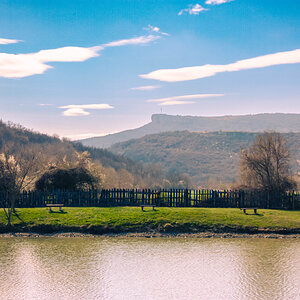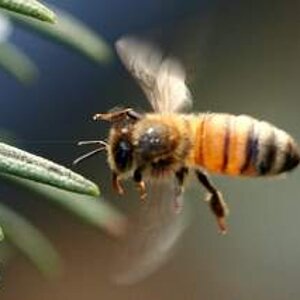JBPhotog
No longer a newbie, moving up!
- Joined
- Mar 26, 2018
- Messages
- 841
- Reaction score
- 337
- Location
- Canada
- Can others edit my Photos
- Photos NOT OK to edit
+1 @Derrel for Nikon's iTTL, it really does a nice job and one can add +/- 3 stops of flash compensation should they need more or less flash illumination.
A wee bit off topic but the principles apply here.
"Early 2000's" DSLR's (Nikon) were 2.7 to 6 megapixels DX bodies with photosites the size of golf balls, camera shake was rarely an issue back then. Today's densely packed sensors like in the D500 (20.9MP) with teenie tiny photosites requires a judiciously steady hand at low shutter speeds in order to get sharp results. This phenomenon became apparent with the launch of the D800(FX 36.3 MP) and Nikon released several tech papers on minimum required shutter speeds. Long gone are the days of 1 over/the focal length for minimum shutter speed without some sort of IBIS or VR tech working its magic.
I propose the OP take their D500 and SB700 and do some ambient + flash shots to discover his/her minimum shutter speed and work up the f-stop and ISO from there to get the results they seek.
A wee bit off topic but the principles apply here.
"Early 2000's" DSLR's (Nikon) were 2.7 to 6 megapixels DX bodies with photosites the size of golf balls, camera shake was rarely an issue back then. Today's densely packed sensors like in the D500 (20.9MP) with teenie tiny photosites requires a judiciously steady hand at low shutter speeds in order to get sharp results. This phenomenon became apparent with the launch of the D800(FX 36.3 MP) and Nikon released several tech papers on minimum required shutter speeds. Long gone are the days of 1 over/the focal length for minimum shutter speed without some sort of IBIS or VR tech working its magic.
I propose the OP take their D500 and SB700 and do some ambient + flash shots to discover his/her minimum shutter speed and work up the f-stop and ISO from there to get the results they seek.


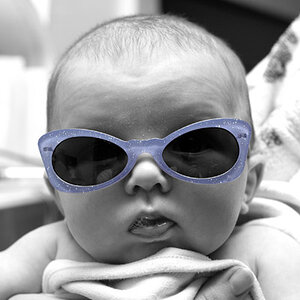
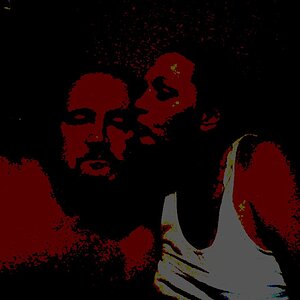
![[No title]](/data/xfmg/thumbnail/39/39470-ad2036a502fde3b73f73e2b45e674866.jpg?1619739042)
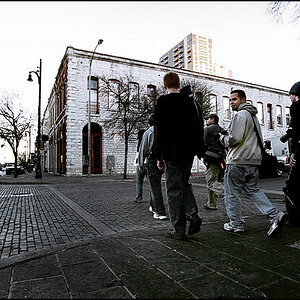
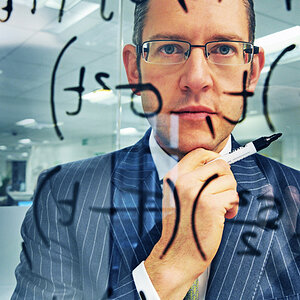
![[No title]](/data/xfmg/thumbnail/37/37118-b2220638658eaeed2b9256c9a8fd0cf0.jpg?1619737883)
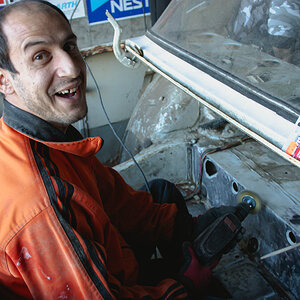
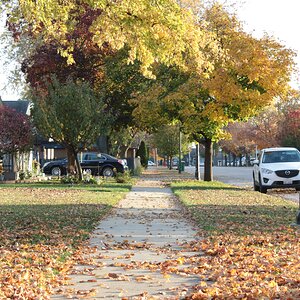
![[No title]](/data/xfmg/thumbnail/37/37120-1d477daab99b292a0c740b50f1c96d53.jpg?1619737883)
![[No title]](/data/xfmg/thumbnail/33/33876-69ae4c2723e06d63117dc3b1b6629647.jpg?1619736182)
